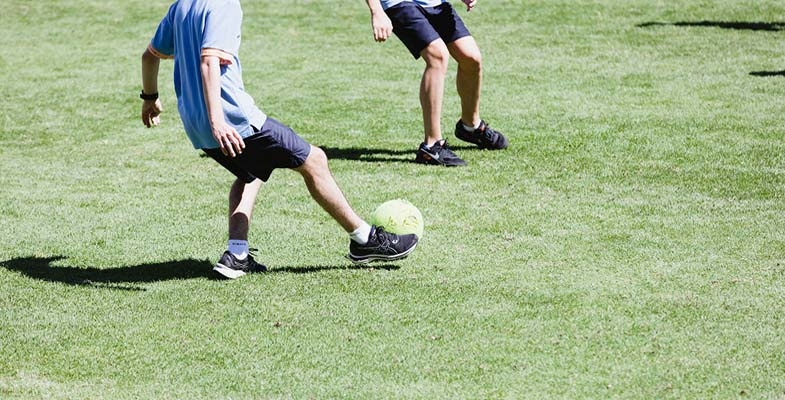In Issue 221 we reported on the Chief Scientist’s report into Synthetic Turf Study in Public Open Spaces. One of the recommendations was a call for an accessible and reliable source of verified information that distilled the vast amount of data that is available. It also called for further research on the impact on human health from heat generated by the plastic surface and chemicals in the turf/infill and environmental impacts such as microplastic loss into waterways and the loss of habitat for local wildlife.
The government’s response was a promise to produce guidelines to assist decisions about the installation and use of synthetic turf. Nine months later they have been released but they are a huge disappointment. Submissions were invited up to 29 April so we hope for a significant rewrite.
The announcement on the Department of Planning website states that:
The guidelines will help decision-makers, planners and sports field managers who may be considering synthetic turf as an alternative to natural grass.
There are lots of lists of what to consider but little actual guidance and references to sources of information plus many important matters are missing.
Lack of information about natural turf alternative
The first issue is the lack of information about natural grass practices to enable comparison with synthetic turf. There should be information on where to find data on modern science-based techniques for soil and drainage preparation and grass choice. The guidelines say these techniques are not well known but this statement is false. There are references in the guidelines to management guidelines that was produced as long ago as 2007 but nothing about construction.
There should be a moratorium on new installations
The Chief Scientist’s report highlighted the multiple areas where further research is needed into the environmental and health impacts of synthetic turf particularly under the Australian climatic conditions. This includes the breakdown and escape into waterways of plastic blades and infill that include PFAS and microplastics. Many countries overseas that have been using synthetic turf for many years are starting to phase out its use particularly with rubber tyre crumb as infill.
Organisations like the Total Environment Centre (TEC) are calling for a moratorium on synthetic turf installations for five years until more data is available. The TEC has been working with Macquarie University on the AUSMAP: Australian Microplastic Assessment Project that is monitoring microplastic pollution in waterways.
Information missing from the guidelines
- There are many aspects of the current use of synthetic turf where the data is clear that practices should be changed. This includes the use of rubber tyre crumb as infill and the need for collection systems for microplastic runoff.
- The government has not taken action to develop standards for materials used in synthetic turf and infill, particularly imported products. There are standards in place for most other materials for public use but this essential consideration has been neglected in respect of synthetic turf.
- There are Australian standards in place for installations that impact surrounding wildlife such as the lighting systems but the draft guidelines do not mention them. The Australian government's Department of the Environment has lots of information.
- There is no clear statement of locations that are unsuitable for synthetic turf such as areas with bushfire and flooding risk and environmentally sensitive areas with nearby endangered vegetation and wildlife.
- There is little coverage of the approval process required under the planning legislation. Given all the environmental and social impacts of synthetic turf the standard for project approval should be an Environmental Impact Statement.
- There is insufficient emphasis on the need for consultation with local communities that will be affected by the installation of synthetic turf that is usually fenced off and restricts future use to specific sports so that casual recreational use is no longer possible.
- There in no mention of planning regulations requiring consultation with NPWS for developments near a national park.
- Impact on local environment from a large area of plastic that excludes wildlife (birds and insects) and amplifies the heat island effect is not covered.
Finally, the structure of the guidelines is not useful. For example, there are long explanations of how to plan the demand for sporting fields and development of council strategies that are irrelevant to the actual analysis of whether to use synthetic turf. It would more useful to have checklists of actions and considerations with references to sources of information.












